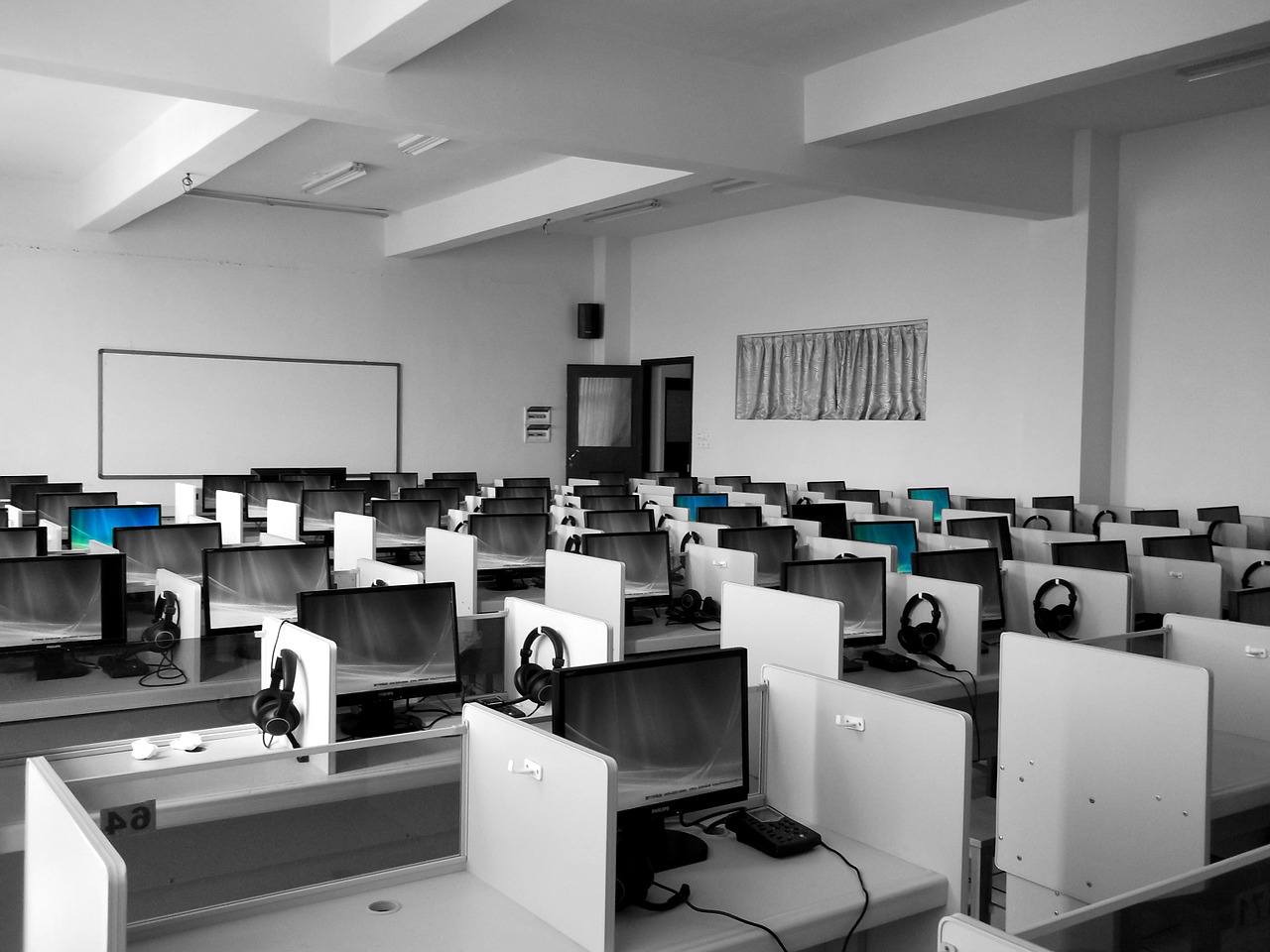Different buildings serve different purposes. Architects in planning and designing building must keep in mind the function of the end product. The needs of the occupants of the building must be taken into consideration.
This includes their comfort, security and other physical and psychological needs. Functional planning and design is a basic principle of architecture that entails development geared towards optimal service of practical needs of the occupants.
In this section, the blog highlights several factors that architects consider in functional planning and design;
User requirements
Functional planning and design have to define the user of the building as accurately as possible. A clear delineation of the user enables architects to take into account the user requirements of the building.
The user of the facility has to derive the highest level of satisfaction. Anything less drives the user into discomfort hence creating a situation where the building serves unintended purposes.
Location of the Building
Depending on the function of the building, architects need to consider the best possible site of erecting a building. The location will determine factors such as accessibility and security of the occupants. Getting the location wrong may result in an underutilized structure.
Size and Space
The size of the building and the rooms will vary depending on the end function. The space inside and outside the building will also be a key factor to take into consideration. Size and space have an impact on the level of comfort of the occupants.

Flexibility
The building may be designed to serve the current user while making it amenable to future users. Architects need to keep in mind that changes might take place in the future.
These changes should not mean neglect or underutilisation of the building. Functional planning and design takes note of the current use of the building without neglecting future anticipated or unanticipated changes.